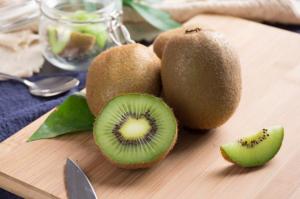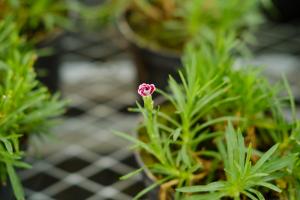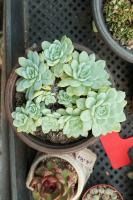Which of the Following Land Plants Require Water for Fertilization?
Land plants are a diverse group of organisms that have adapted to life on land. Unlike aquatic plants, they face unique challenges in reproduction, as they cannot rely on water to disperse and fertilize their gametes. Most land plants have evolved various adaptations to overcome these challenges, and one of the most fundamental adaptations involves the way they fertilize their eggs.
The Importance of Water for Fertilization
Water is essential for fertilization in most aquatic plants, as it provides a medium for the sperm to swim to the egg. However, land plants cannot rely on water for fertilization because their sperm cells are non-motile and cannot move on their own. For this reason, land plants have evolved different strategies for fertilization, such as producing flowers and seeds, or producing sperm cells that are transported to the egg by various means.
Bryophytes – Land Plants that Require Water for Fertilization
Bryophytes, also known as non-vascular plants, are one of the groups of land plants that require water for fertilization. This group includes mosses, liverworts, and hornworts, and they are characterized by their simple, small size and their lack of specialized tissues for transporting water and nutrients.
In bryophytes, the sperm cells are flagellated, which means they have a whip-like tail that allows them to swim through water to reach the egg. The sperm cells are released from the male gametophyte, which is a small, haploid structure that produces sperm and is located near the female gametophyte. The female gametophyte produces an egg, which is fertilized by the sperm to form a zygote. This zygote grows into a new sporophyte that eventually produces spores, which can disperse to grow into new gametophytes.
Ferns – Land Plants that Use Water for Sperm Transport
Ferns are another group of land plants that use water to transport their sperm to the egg. Unlike bryophytes, ferns have specialized tissues for transporting water and nutrients, known as xylem and phloem. These tissues allow ferns to grow larger than bryophytes and to live in a wider range of environments.
In ferns, the sperm cells are produced in structures called antheridia, which are located on the lower surface of the leaves. The sperm cells are released from the antheridia and are transported by water to the archegonia, which are structures that produce the eggs. The sperm cells swim through the water to reach the egg, where fertilization occurs. The zygote that results from fertilization grows into a new sporophyte that eventually produces spores.
Gymnosperms and Angiosperms – Land Plants that Do Not Require Water for Fertilization
Gymnosperms and angiosperms are two groups of land plants that do not require water for fertilization. These groups are characterized by their ability to produce seeds, which protect the embryo and allow for more efficient reproduction and dispersal.
In gymnosperms, the male gametophyte produces sperm cells, which are carried to the female gametophyte by wind, insects, or other means. The female gametophyte produces an egg, and fertilization occurs when a sperm cell reaches the egg. The zygote that results from fertilization grows into a new sporophyte that eventually produces seeds.
Angiosperms, or flowering plants, have evolved an even more efficient method of fertilization. The male gametophyte produces pollen, which contains the sperm cells, and the female gametophyte produces the ovules, which contain the eggs. The pollen is carried to the ovule by wind, insects, or other means, and fertilization occurs when a sperm cell reaches the egg. The fertilized ovule develops into a seed, which is surrounded by a fruit that helps to disperse the seed.
Conclusion
In conclusion, the ability to reproduce efficiently and effectively is essential for the survival and evolution of any organism. Land plants have evolved different methods of fertilization to meet the challenges of life on land, and some have retained the need for water, while others have developed new methods of fertilization that do not require water. Understanding these adaptations is essential for understanding the diversity and complexity of the plant kingdom and the important role that plants play in the ecosystem.

 how many times do yo...
how many times do yo... how many planted tre...
how many planted tre... how many pine trees ...
how many pine trees ... how many pecan trees...
how many pecan trees... how many plants comp...
how many plants comp... how many plants can ...
how many plants can ... how many plants and ...
how many plants and ... how many pepper plan...
how many pepper plan...
































